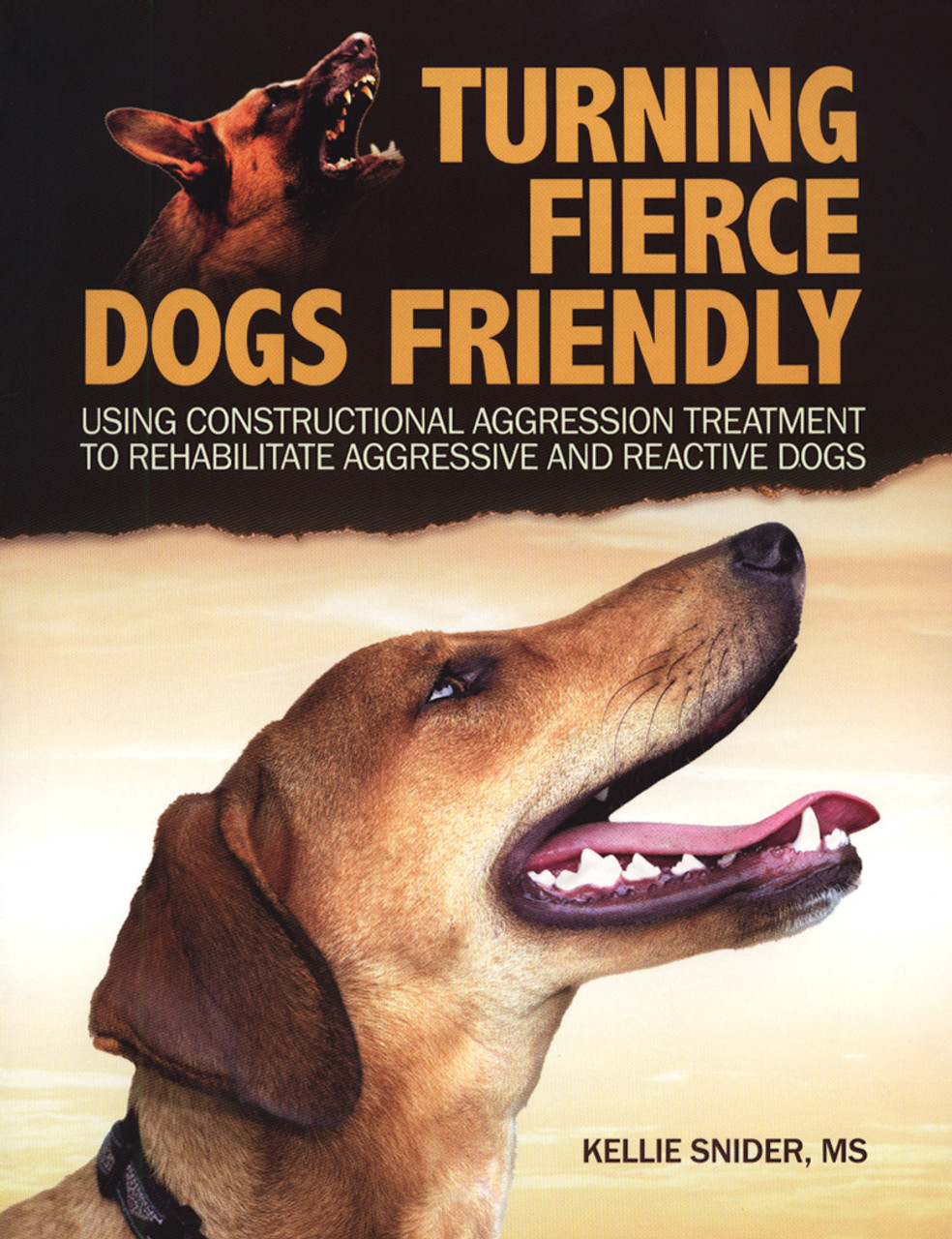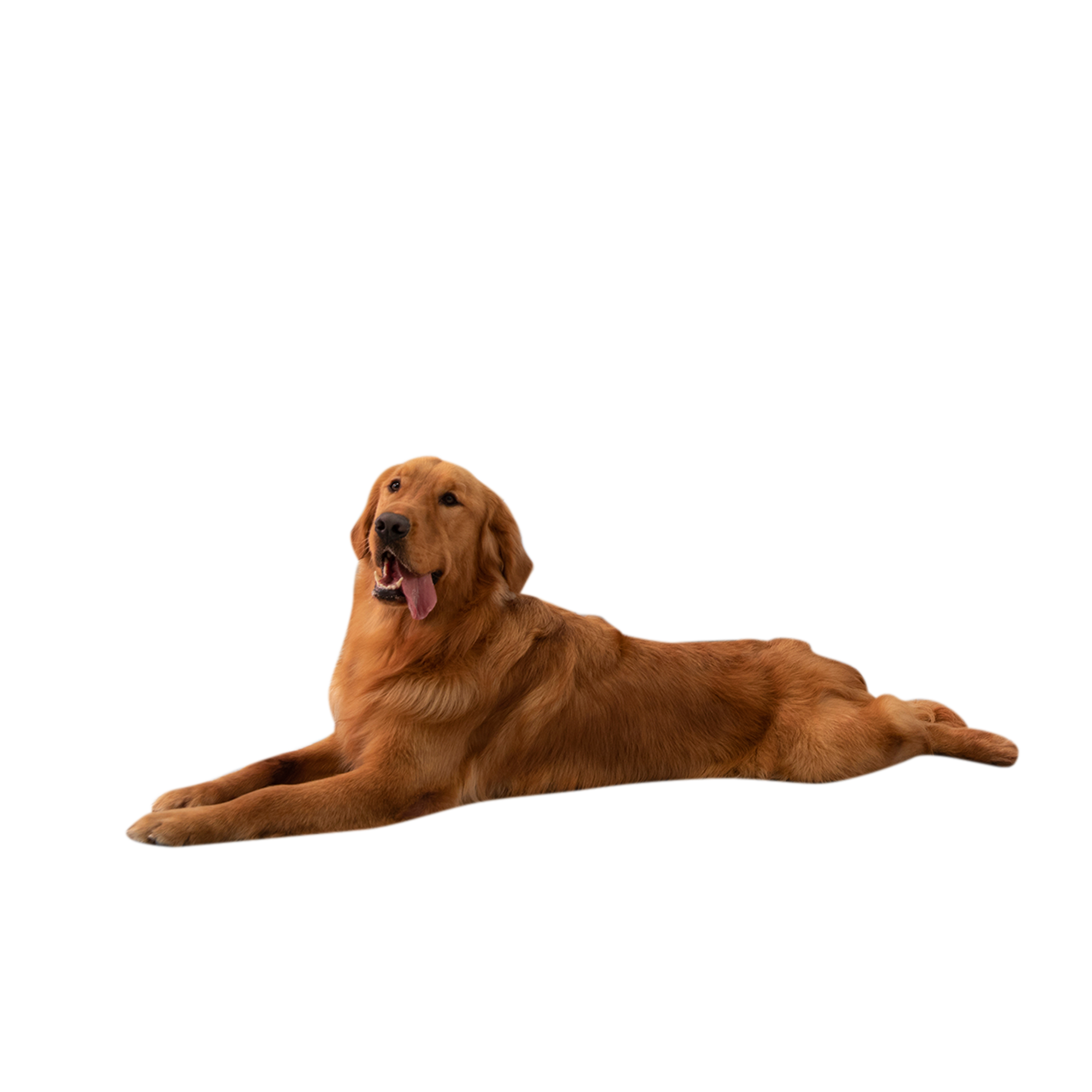To rehabilitate aggressive dogs, consult a professional trainer for behavior modification and create a consistent training routine. Understanding the root of the aggression is essential for effective rehabilitation efforts.
Dogs may exhibit aggression due to fear, territorial instincts, or past trauma. Proper socialization, positive reinforcement, and gradual exposure to triggers can help retrain aggressive behaviors. Consistency, patience, and clear communication are key to successfully rehabilitating an aggressive dog. By addressing the underlying issues and providing a structured environment, aggressive dogs can learn new, more appropriate behaviors.
Building trust and establishing boundaries fosters a safe and harmonious relationship between the dog and its owner.
Understanding Aggressive Behavior In Dogs
Understanding Aggressive Behavior in Dogs: Aggressive behavior in dogs can be a result of various factors, including fear, territoriality, and lack of socialization. It’s crucial to understand the root cause of aggression to effectively address it. Causes of Aggression: Aggression in dogs can stem from fear, pain, or past traumatic experiences. Identifying the triggers for aggression is essential for developing a rehabilitation plan.
Recognizing Aggressive Behavior: It’s vital to recognize signs of aggression, such as growling, snapping, or lunging, to intervene and prevent escalated behaviors. Observing body language and cues can help in early detection of aggressive tendencies.

Credit: www.dogwise.com
Creating A Safe Environment For Rehabilitation
To rehabilitate aggressive dogs, creating a safe environment is crucial. Implement safety measures such as removing triggers and providing positive reinforcement.
Manage triggers in the environment by identifying and eliminating sources of anxiety. Use desensitization techniques to gradually expose the dog to triggers.
It’s important to maintain consistency and patience throughout the rehabilitation process. Seek professional guidance if needed to ensure the safety of both the dog and those around them.
Establishing Trust And Communication
To rehabilitate aggressive dogs, it is crucial to build trust through positive reinforcement. Positive reinforcement involves rewarding desired behavior, which helps modify aggressive tendencies and strengthen the bond with your dog.
Start by rewarding your dog with treats, praise, and affection whenever it displays non-aggressive behavior. This helps your dog associate good behavior with positive outcomes.
Effective communication techniques are essential in rehabilitating aggressive dogs. Using body language and facial expressions can convey a calm and assertive demeanor, allowing your dog to feel secure and understood.
Avoid using punishment or aggression as it can exacerbate aggressive behavior and damage the trust you’re trying to establish. Instead, focus on redirecting negative behavior towards more positive alternatives.
Remember that consistency and patience are key when working with aggressive dogs. Building trust takes time, so be sure to stay committed to the rehabilitation process.
Behavior Modification Techniques
Aggressive dogs can be rehabilitated through the use of behavior modification techniques. Two effective methods are desensitization and counterconditioning. Desensitization involves gradually exposing the dog to the stimulus that triggers aggression, starting at a low intensity and gradually increasing it. This helps the dog develop a more positive association with the stimulus over time.
Counterconditioning involves pairing the stimulus that triggers aggression with something the dog enjoys, such as treats or playtime. This helps change the dog’s emotional response to the stimulus from negative to positive. Another important technique is training the dog to perform alternative behaviors. By teaching the dog commands like sit, stay, and come, they can learn to focus on these behaviors instead of reacting aggressively.
Consistency, positive reinforcement, and patience are key when rehabilitating aggressive dogs. With proper training and guidance, it is possible to help these dogs overcome their aggression and become well-behaved members of the family.
Socialization And Exposure
Proper socialization and exposure are essential for rehabilitating aggressive dogs. Gradually exposing them to various stimuli and situations can help them learn how to react calmly and appropriately. Whether it’s encountering other dogs, meeting new people, or being in busy environments, the key is to provide positive experiences and social interactions.
Start by introducing your dog to low-stress situations and gradually increase the level of difficulty. For example, take them on short walks in quiet areas, allowing them to observe and sniff their surroundings. As they become more comfortable, you can introduce more challenging situations, such as busier parks or longer walks.
Encourage positive social interactions by rewarding calm behavior and gradually increasing their exposure to new dogs and people. Use treats and praise to reinforce good behavior, ensuring that your dog associates these encounters with positive experiences.
Remember that patience and consistency are key when rehabilitating aggressive dogs. With time, proper socialization, and positive reinforcement, you can help your dog overcome their aggression and become a well-adjusted member of your family.
Handling Aggression In Specific Situations
When dealing with food and resource guarding, it’s crucial to seek the guidance of a professional dog trainer. Implement positive reinforcement techniques and gradual desensitization to modify the dog’s behavior. Addressing aggression towards strangers requires controlled socialization and obedience training to promote positive interactions. Ensure a safe and controlled environment during encounters with unfamiliar individuals. Consistent and patient intervention along with behavioral modification can help rehabilitate aggressive dogs.
Working With Professional Trainers And Behaviorists
Finding the Right Professional Support: When rehabilitating aggressive dogs, it’s crucial to collaborate with experts who specialize in behavior modification and training. Look for certified trainers and behaviorists with a proven track record of successfully rehabilitating aggressive dogs.
Collaborating with Experts for Effective Rehabilitation: Professional support is essential for understanding the underlying causes of aggression and implementing a tailored rehabilitation plan. Effective collaboration with trainers and behaviorists can provide insightful strategies and techniques for managing and modifying aggressive behavior.
Maintenance And Continued Support
For maintenance, ensure consistency in training and environment. Assess progress regularly and adjust training strategies accordingly.
Frequently Asked Questions
Can A Very Aggressive Dog Be Rehabilitated?
Yes, with proper training and patience, very aggressive dogs can be rehabilitated successfully. It’s important to seek help from a professional dog trainer or behaviorist for effective results.
Can Aggression Be Trained Out Of A Dog?
Yes, aggression in dogs can be trained through positive reinforcement, consistent training, and socialization. Seek professional help to develop a tailored training plan. Regular exercise and mental stimulation also contribute to reducing aggressive behaviors in your dog.
Can Dog On Dog Aggression Be Cured?
Yes, dog-on-dog aggression can be managed and improved through training, behavior modification, and professional help. It’s essential to address the underlying causes and work with a qualified behaviorist to create a tailored plan for your dog.
Can An Aggressive Dog Be Saved?
Yes, an aggressive dog can be saved with proper training, socialization, and behavior modification.
Conclusion
Rehabilitating aggressive dogs requires patience, consistency, and understanding. By implementing positive reinforcement techniques and seeking professional help, owners can gradually reshape their dog’s behavior. It is crucial to create a safe and structured environment while providing appropriate training and socialization.
Remember, every dog is unique and may require different approaches. With time and dedication, aggressive dogs can learn to trust again and become well-adjusted members of the family.

Hello, I’m Ethan Mitchell. My passion is dog training and behavior enthusiasts. With years of experience working with various breeds, my goal at Dog Advisor Pro is to help dog owners build strong, loving relationships with their furry friends through effective training techniques. Understanding a dog’s behavior is the key to harmonious companionship. I am dedicated to sharing practical training tips that improve the lives of dogs and their owners.


